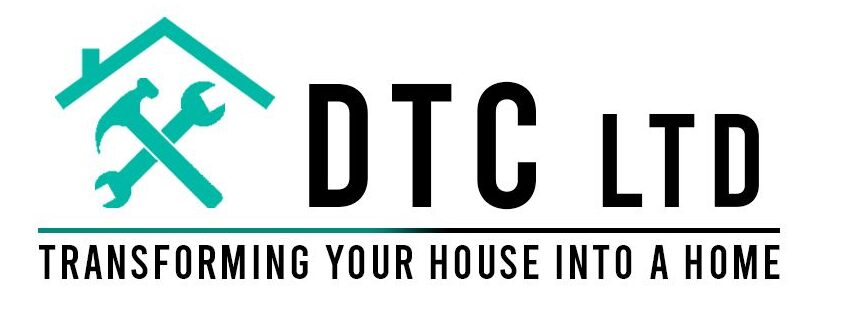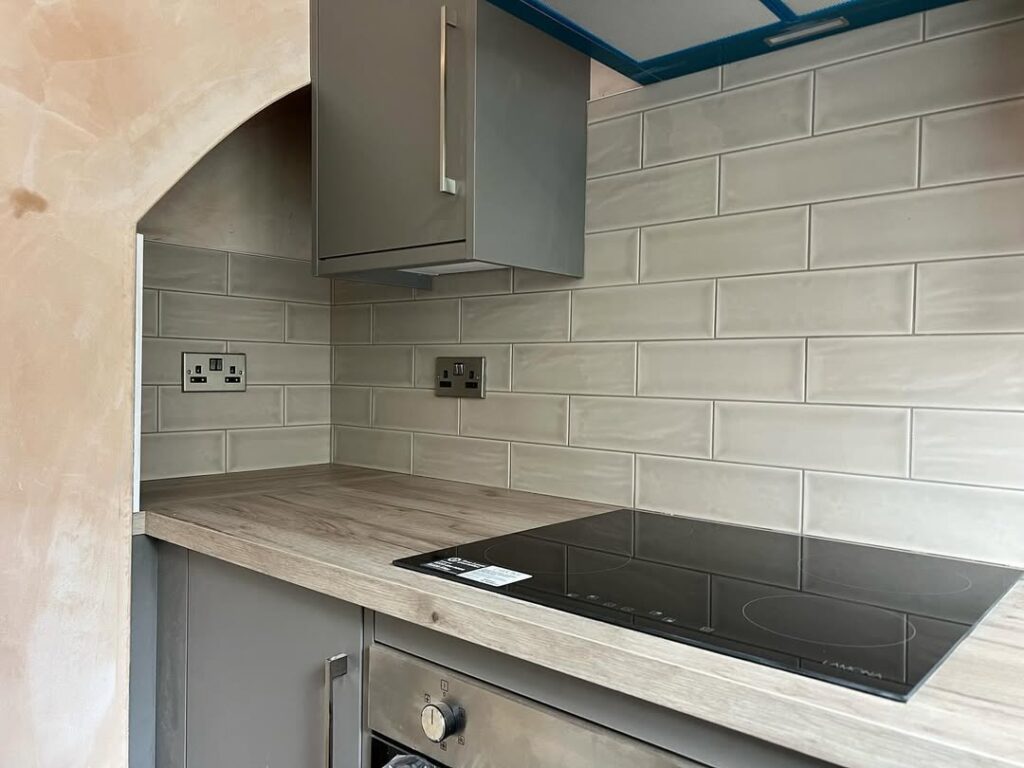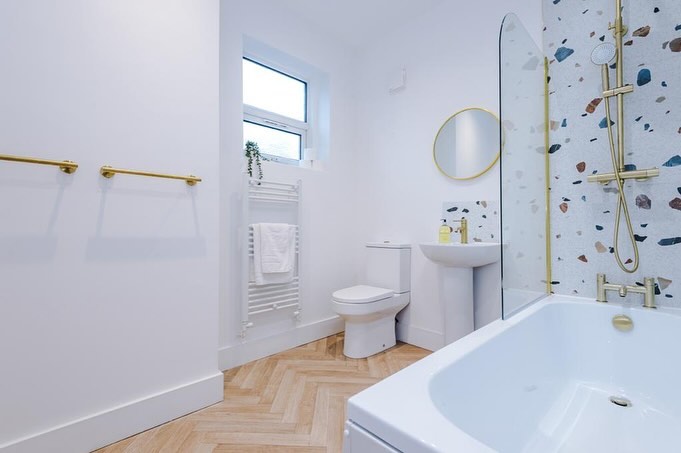Choosing the perfect bathroom design for your home can feel like a daunting task, but it doesn’t have to be. With a few helpful steps, you can create a space that is both functional and stylish. Here’s a guide to help you make the right decision when it comes to designing your bathroom.
1. Consider the Space Available
Before diving into design ideas, it’s important to assess the size and layout of your bathroom. The available space will heavily influence your choices.
- Small Bathrooms: If your bathroom is on the smaller side, consider light colours, mirrors, and efficient storage solutions to make the space appear larger. You can opt for floating vanities and compact fixtures to save room.
- Large Bathrooms: For larger bathrooms, you have more flexibility with layouts. You can create separate zones for a shower and bathtub, or even include a double vanity.
2. Decide on a Style or Theme
The style of your bathroom should complement the overall design of your home. Think about whether you want your bathroom to feel relaxing, modern, vintage, or sleek.
- Modern Design: This style features clean lines, minimalistic décor, and neutral colour palettes. Think of simple yet functional elements like frameless glass showers, large tiles, and contemporary fixtures.
- Traditional Design: If you prefer a timeless look, you might want to choose vintage-style fixtures, ornate mirrors, and classic tiling patterns.
- Rustic or Natural Design: Natural wood finishes, stone features, and earth-toned colours create a rustic bathroom that feels warm and inviting.
3. Functionality First
While aesthetics are important, functionality is key when choosing a bathroom design. Think about how you use the space daily and what features will make your life easier.
- Storage: Make sure to incorporate plenty of storage options for towels, toiletries, and other essentials. Consider built-in shelves, cabinets, and medicine cabinets.
- Shower or Bathtub?: Depending on your lifestyle, you may prefer a large soaking tub for relaxation or a shower for convenience. If you have the space, you can even include both.
- Lighting: Lighting plays an important role in both the design and functionality of your bathroom. Opt for layered lighting, including task, ambient, and accent lighting, to ensure the space is well-lit for various activities.
4. Choose the Right Materials
The materials you choose for your bathroom not only affect the look but also the longevity of your design. Choose materials that are durable, easy to clean, and water-resistant.
- Tiles: Porcelain and ceramic tiles are popular choices for flooring and walls due to their durability and ease of maintenance. For a modern twist, consider large-format tiles or textured tiles.
- Countertops: Marble, quartz, or granite countertops add a touch of luxury, while options like concrete or wood provide a more rustic vibe.
- Fixtures and Fittings: Stainless steel or matte black taps, showerheads, and other fixtures are trending, but make sure you choose materials that suit your design theme.
5. Think About the Details
The small details in your bathroom design can make a big difference. The right accessories and finishing touches can transform an ordinary space into a stunning one.
- Mirrors: Choose a mirror that not only serves a practical function but also adds to the room’s aesthetics. Large mirrors can make a small bathroom appear larger, while decorative mirrors can add character to the space.
- Accessories: Consider adding plants, stylish towels, and unique soap dispensers to personalise your bathroom design. Small touches like these can elevate the overall feel of the space.
6. Consider Sustainability
If you’re looking to make environmentally friendly choices, sustainability can be a key consideration in your bathroom design.
- Water-Efficient Fixtures: Install water-saving faucets, showers, and toilets to reduce water consumption and lower your bills.
- Sustainable Materials: Look for eco-friendly options such as recycled glass, bamboo, and low-VOC paints to reduce your bathroom’s environmental impact.
7. Consult a Professional
If you’re unsure about where to start or need expert advice, consider hiring a professional bathroom designer or contractor. They can help you make the best use of your space, recommend high-quality materials, and ensure that the installation is done correctly.


